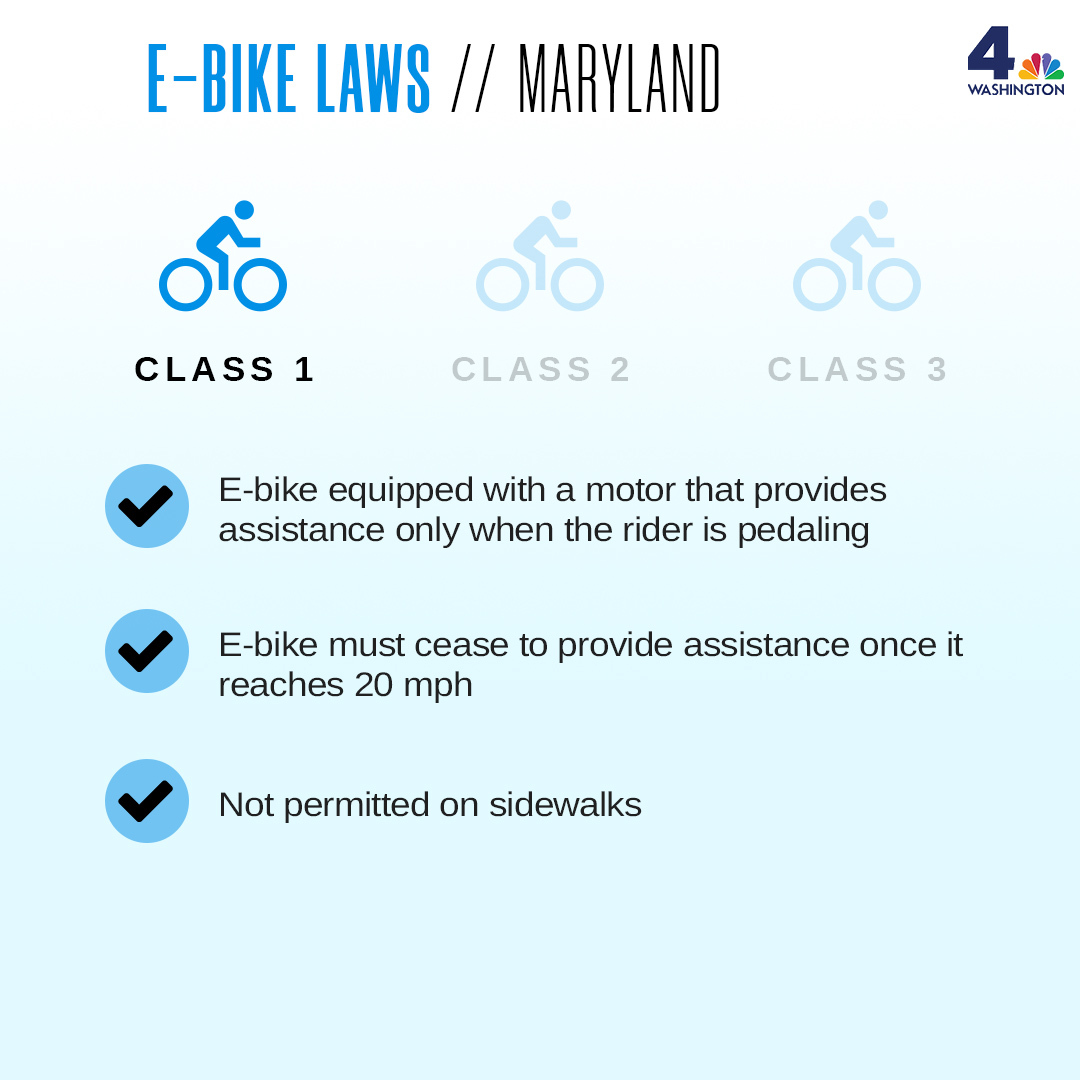An Introductory Overview Of E-Bike Regulations And Guidelines In Your City
An Introductory Overview Of E-Bike Regulations And Guidelines In Your City
Blog Article
Content Created By-Moran Dejesus
Before you get on your e-bike and hit the streets, it's essential to understand the regulations and regulations that govern your city. From rate limitations to designated riding areas, there's a lot to consider to guarantee you're certified and secure. By acquainting yourself with the guidelines certain to e-bikes, you'll be much better geared up to appreciate your rides with no unanticipated legal issues. Keep tuned to find key insights that will help you navigate the e-bike landscape in your city flawlessly.
Recognizing E-Bike Category
When it concerns browsing the realm of e-bike regulations and policies, a vital beginning factor is recognizing the category system that classifies these electrical bicycles. E-bikes are typically categorized into three main groups: Class 1, Course 2, and Course 3.
Class 1 e-bikes are pedal-assist only, implying they provide aid while the cyclist is pedaling and have a maximum speed of 20 mph. These bikes are allowed locations where conventional bicycles are permitted.
Course 2 e-bikes are geared up with a throttle that can push the bike without pedaling. They additionally have a maximum speed of 20 miles per hour and appropriate for riders who might require support without pedaling continuously.
Course 3 e-bikes are similar to Class 1 but with a greater maximum speed of 28 mph. These bikes are frequently limited from specific bike courses or tracks as a result of their higher speeds.
Recognizing these classifications is crucial for adhering to local guidelines and ensuring a secure and pleasurable e-biking experience.
Navigating Rate Limitations and Limitations
To efficiently browse e-bike laws and regulations, it's vital to understand the rate limitations and constraints that put on different classes of electric bikes.
Speed limitations for e-bikes differ depending upon the classification of the bike. Course 1 e-bikes, which are pedal-assist only and have a maximum speed of 20 mph, are typically enabled on bike lanes and courses.
Course 2 e-bikes, which have a throttle in addition to pedal-assist and also reach speeds of as much as 20 mph, might be restricted in particular areas where motorized vehicles aren't allowed.
https://fattireebikeforsale76420.wizzardsblog.com/32164606/exploring-e-bike-types-what-each-category-stands-for -bikes, with pedal-assist as much as 28 miles per hour, are normally called for to follow the exact same policies as typical bikes.
It is essential to follow these speed restrictions and constraints to guarantee your safety and the safety and security of others when driving. Before riding your e-bike, acquaint on your own with the certain policies in your city to avoid any prospective penalties or legal issues.
Where to Adventure Your E-Bike
To figure out where you can ride your e-bike, it's important to understand the guidelines and standards specific to your location. In a lot of areas, e-bikes are commonly permitted on roadways and streets where typical bicycles are allowed. This may include bike lanes, bike courses, and shared streets. Nonetheless, it's critical to inspect neighborhood legislations as some cities might have specific restrictions on where e-bikes can be ridden.
When riding your e-bike, constantly prioritize safety and security by adhering to web traffic regulations and valuing pedestrian sidewalks. In addition, be mindful of any kind of assigned bike lanes or courses in your area and use them whenever possible to ensure a smoother and more secure trip.
look at here have policies pertaining to e-bike use on walkways, so make sure to acquaint on your own with these guidelines to prevent any type of fines or charges.
Read Full Report
Since you're familiar with the regulations and policies bordering e-bikes in your city, you can with confidence hit the road recognizing where you can ride and what constraints put on your e-bike classification. Remember to always prioritize security and comply with the policies to ensure a smooth and lawful experience. Satisfied riding!
